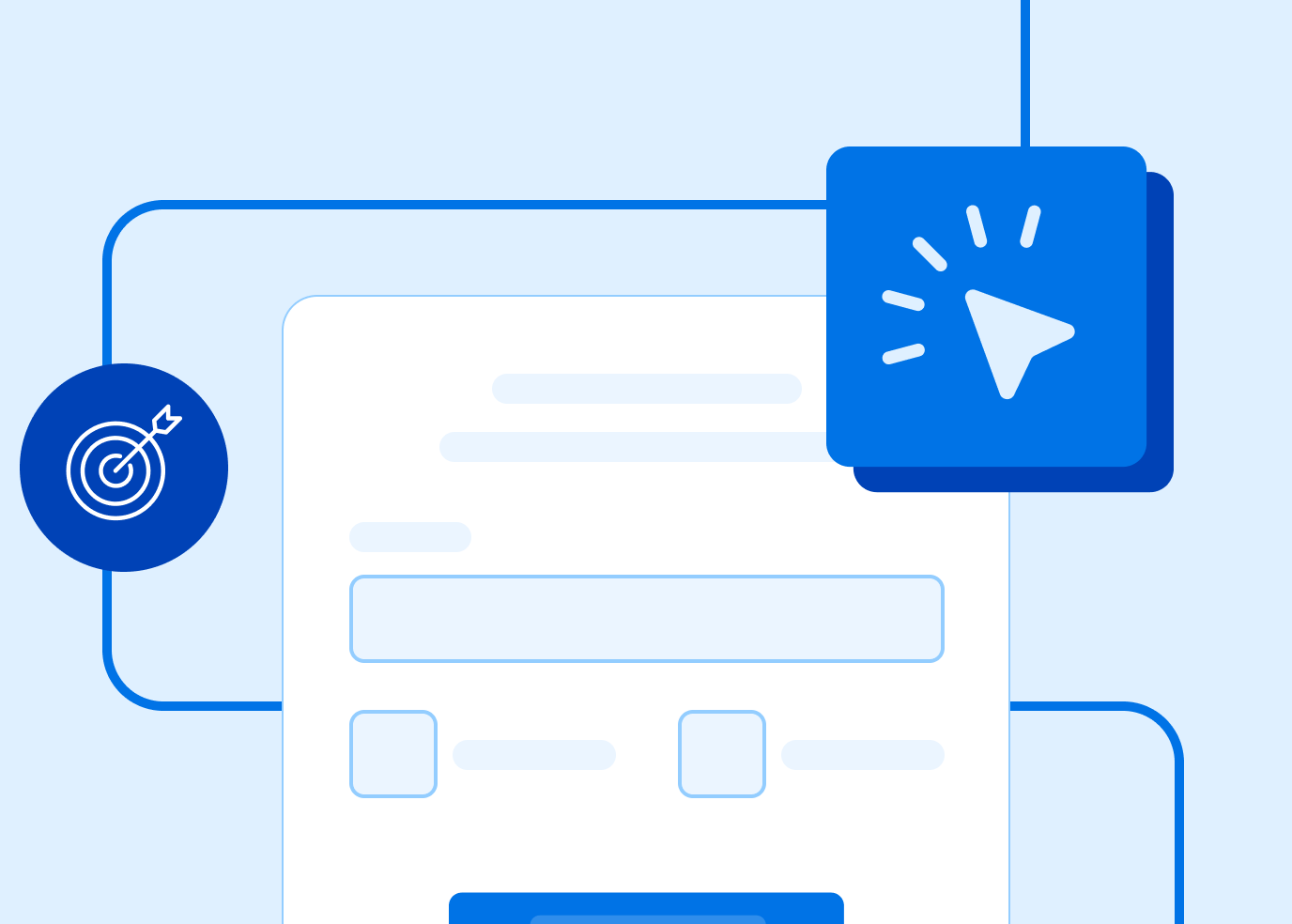People have a choice where they work, where they spend their time, and where they receive care and services. Understanding customer, patient, or employee experiences through exit surveys can be a game-changer for your business.
Exit surveys offer direct feedback, helping you identify areas of improvement and drive positive change. Let’s break down a simple yet powerful four-step process to create exit surveys that make your organization stronger.
Step 1: define clear objectives
Start by setting clear goals for your exit survey. Determine what you want to learn from your customers, patients, or employees leaving your organization. For instance, in a healthcare organization, you might want to assess patient satisfaction with the care they received, identifying areas for improvement across predetermined categories like hospital facilities or staff communication.
In a tech company, a user-facing exit survey would seek to identify product or service issues behind a subscription cancelation. Exit surveys that are intended to determine the cause of employee departure might want to understand if there are trends in turnover based on pay, difficult managers, or burnout.
Step 2: craft simple yet effective questions
Craft questions that are easy to understand. Use a mix of closed-ended questions with predefined answer options and open-ended questions for more detailed feedback.
Keep the magic number 10 in mind. Your survey should take your respondent no longer than 10 minutes to complete and have 10 questions or less.
For the highest completion rates, your exit survey should consist of a mix of closed and open questions, with a 3:1 ratio.
| Type of Question | Example |
| Closed | “On a scale of 1 to 5, how satisfied were you with the quality of care provided by our team? |
| Open-ended | “What improvements would you suggest for our team?” |
Step 3: choose the right timing and delivery method
Timing is key to getting the most accurate and relevant feedback.
- In the case of healthcare, an exit survey can be sent to patients during discharge or shortly after an appointment.
- For a business dealing with customer attrition display the survey immediately on the response page after a cancelation request. Use a multi-page form beginning with a single question to increase engagement. Arrange the questions from easiest to most difficult.
- For departing employees, sending the exit survey after they’ve given notice but before they leave helps ensure completion.
Consider delivery methods that are easy for your audience, such as email, online forms, or in-app surveys. Test completion rates across different methods and choose what works best for your audience.
Step 4: analyze exit survey data and take action
Once you’ve collected responses, analyze the data to uncover trends and patterns. Look for common themes or issues that emerge from the feedback.
- Create categories of concern and to decide whether or not to take action on concerns raised.
- Collect the feedback in an Excel spreadsheet or similar type platform for easy data grouping and analysis.
- PRO TIP: You can automate this process by integrating your data collection into a platform where it can be compiled and examined for example Microsoft Excel or Google Sheets.
- PRO TIP: You can automate this process by integrating your data collection into a platform where it can be compiled and examined for example Microsoft Excel or Google Sheets.
- Determine a tipping point number or metric for survey results that will trigger an action.
Collaborate with relevant teams to implement changes and improvements based on feedback and don’t forget to thank the respondents for their survey in a follow-up email that communicates the value placed on their feedback.
Here is an example of the type of information you might want to collect.
| Type of Issue | Specifics | Percentage of surveys flagged on | Priority | Decision | Details | Result |
| Staff Communication | Several patients mention challenges in understanding aftercare instructions provided by hospital staff. | 25% | High | Take action | Introduced aftercare instructions that are not just verbally communicated, but printed out, and emailed. Provided a follow-up call to the patient to address concerns or outstanding questions. | Since implementing changes, the percentage of surveys flagging this issue category has dropped to 0. |
| Facilities | Low cleanliness rating | 10% | Low | Do not take action | Not a consistent enough result to warrant response | N/A |
Conclusion: drive positive change with exit surveys
Exit surveys are powerful tools for gaining valuable insights into customer or employee experiences. By following these simple steps—defining clear objectives, crafting effective questions, choosing the right timing and delivery method, and taking action based on feedback—you can drive positive change and enhance customer satisfaction and employee engagement in your tech marketing endeavors. Check out more super survey completion tips in our video linked here.
Hear from the experts in healthcare data collection about their tips for constructing a powerful exit survey and other ways to perfect healthcare forms and workflows: join our webinar, The Prescription for Better Healthcare Collection.
About FormAssembly
FormAssembly provides secure and compliant solutions for creating surveys, ensuring data privacy, and regulatory compliance in healthcare settings. With features designed to meet HIPAA requirements, FormAssembly empowers healthcare providers to collect patient feedback with confidence, safeguarding sensitive information and enhancing the patient experience.
